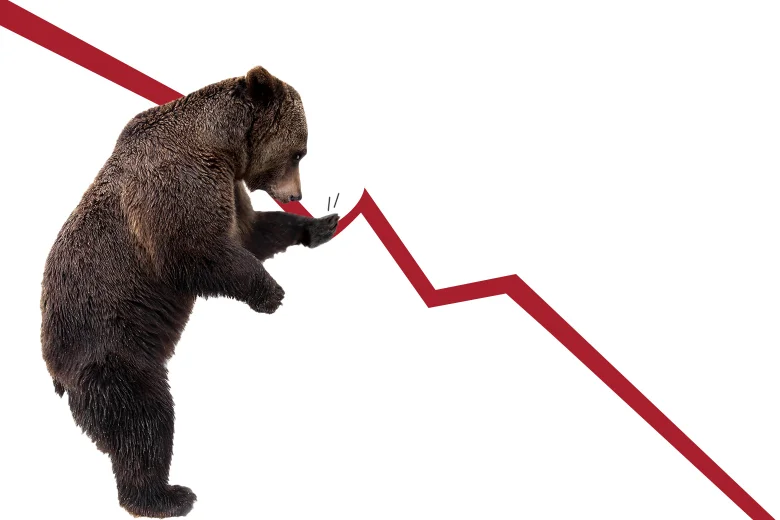You may have been hearing a lot about bear market rallies lately. But what are they, exactly? And more importantly, should you be trying to avoid them? We will answer all of those questions and more.
We'll define a bear market rally, explain how it works, and tell you why it's essential to stay away from them.
What is a bear market rally?
A bear market rally is a short-term increase in stock prices that occurs during a longer-term decline. The term "bear market" describes a general decline in the stock market, and "rally" refers to a temporary rebound. Bear market rallies can occur at any time during a bear market, but they typically happen near the end of the decline.
A bear market rally is a temporary increase in the value of a security or a group of securities. It is often caused by investors' attempts to sell assets for less than they are worth, which can cause prices to drop dramatically.
Investors will repurchase them at lower prices to avoid further losses and limit their exposure to these assets.
How does a bear market rally work
Bear market rallies happen when investors selling their stocks start to repurchase them. This buying activity causes stock prices to go up, at least temporarily. However, the overall trend is still downward, so another price drop usually follows these rallies.
A bear market rally is often short-lived and followed by another decline in price. This means that investors should not use such rallies as an opportunity to invest more money into their portfolio; they should instead wait until the bear market has ended and then invest only after the rally has ended.
Remember that the rally is not a long-term trend but rather a sudden move that does not sustain itself. As a trader, don't expect the market to continue going up just because there was a sudden move to the upside.
How do you identify a bear market rally?
There are a few ways to identify a bear market rally. First, you will typically see an increase in stock prices over a short period. This increase will be followed by a period of stability or even a slight decline. Finally, there will be another sharp drop in prices.
Another way to identify a bear market rally is to look at the market's overall trend. If stock prices have been falling for some time and then start rising, a bear market rally is likely to occur.
This is especially true if the overall market conditions still indicate that a bear market is a likely trend. It is also essential to pay attention to news reports and economic indicators.
If there is positive news about the economy or corporate earnings, it may signal a longer-term trend. However, if other data do not back up this news, it may be just a temporary blip on the radar and a sharp decline is still possible.
Why it's essential to avoid a bear market rally
Bear market rallies can be tempting for investors because they offer the chance to buy lower-priced stocks. However, it is essential to remember that another price decline usually follows these rallies.
This means you could lose money if you invest during a bear market rally. Investors should always be cautious when prices start to rebound during a bear market. It is essential to wait for confirmation.
It can be alluring to see that there is potential that the bottom has been priced in and it's on its way to becoming a bull market, but it's important to remember that a bear market rally is not the same as the overall market recovery.
It is also important to remember that bear markets typically last long. This means that even if you do manage to make money during a bear market rally, it is likely that you will give back those gains and then some when the market eventually declines again.
Conclusion
A bear market rally is an economic cycle opposite to a bull market, where things fall continuously. The valuation of the companies is low, and they are being sold, but the stock prices are rallying from time to time.
Many possible factors can contribute to bear markets and what usually follows are occasional bear rallies. Don't get caught by the bears, especially if there is significant economic uncertainty.

